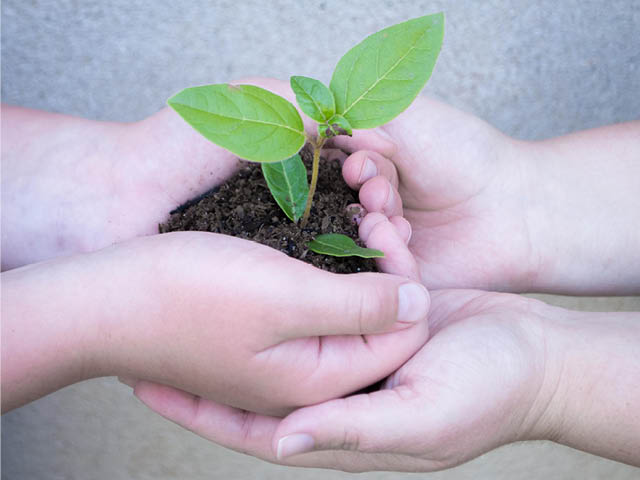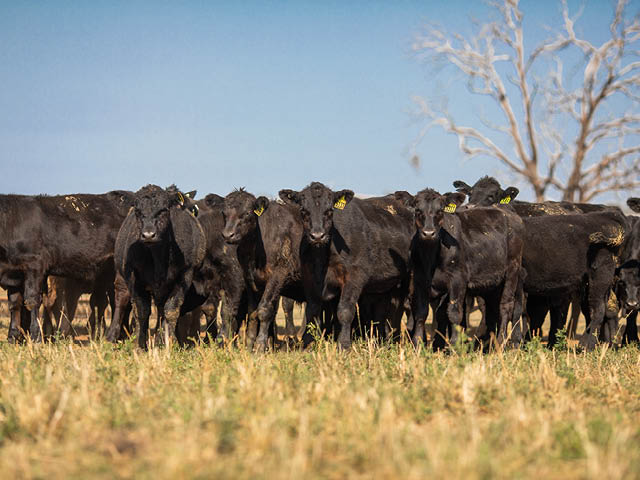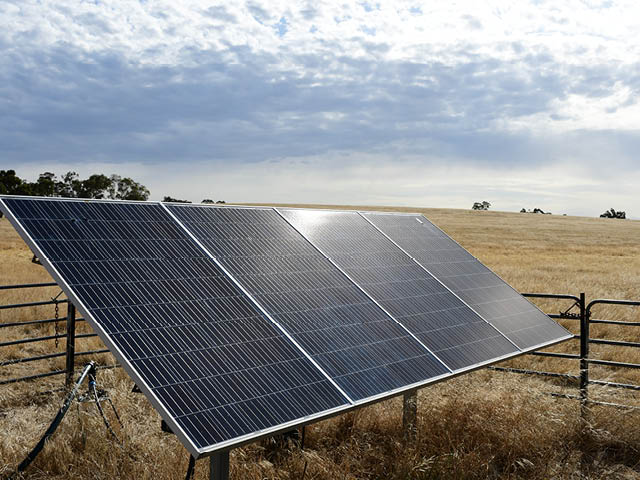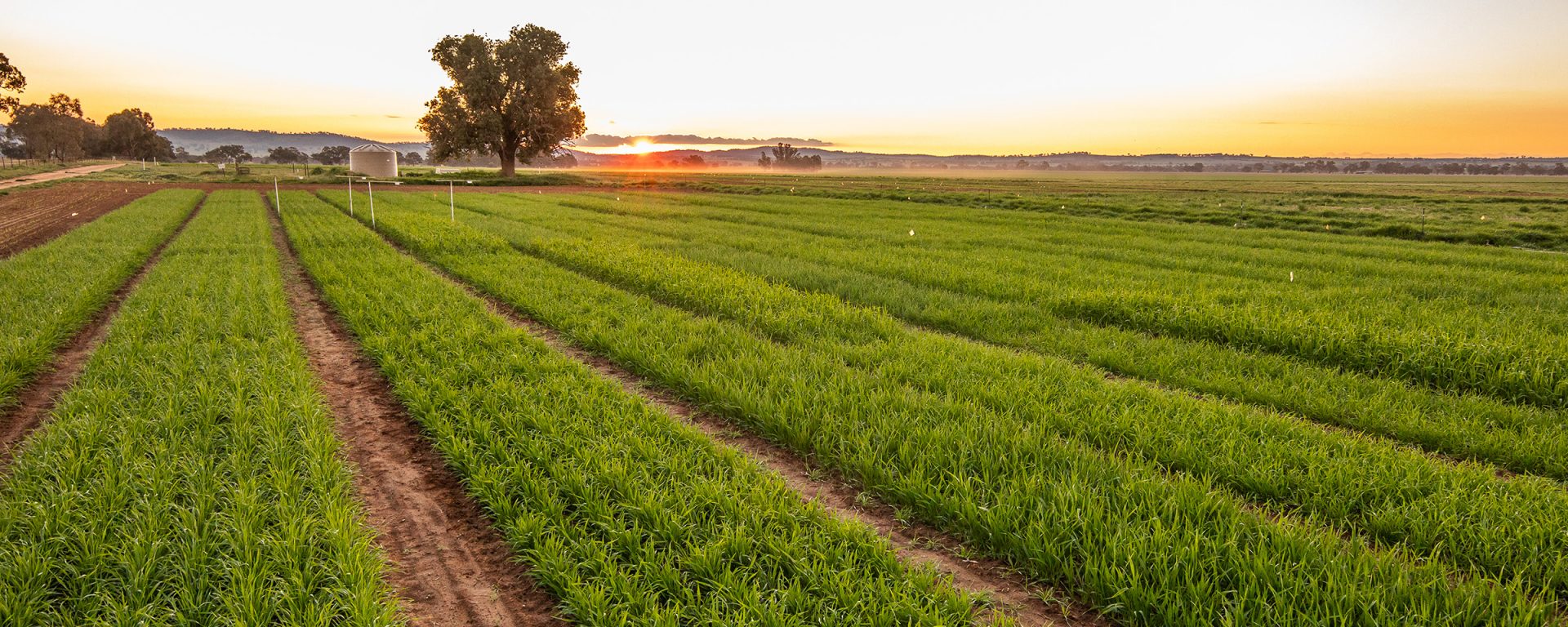Across Australia, a revolution is underway – one that seeks to find a balance between food production and environmental stewardship. The agriculture industry is changing. And at the heart of this transformation is carbon neutral farming.
So, what is carbon neutral farming?

At its heart, carbon neutral farming is all about finding a balance. One that reduces greenhouse gas emissions within the agriculture industry, while also enhancing the capacity of farming and natural ecosystems to absorb carbon from the atmosphere.
The goal is for the industry to not emit any more carbon than it can absorb.
However, this strategy is not simply about adopting specific technologies or practices. Carbon neutral farming means changing how we think about industrial agriculture. Embracing a holistic approach to farming that takes into account the entire ecosystem (and the entire supply chain). And that means looking at changing everything from soil health to energy consumption.
Because we need to.
Not just to become more sustainable, but also to reduce the impacts of climate change, and construct a more resilient food production system – which will also benefit the livelihoods of farmers, and consumers.
Carbon neutral farming techniques

There are lots of ways that we can strive to achieve carbon neutrality.
And it starts down on the farm.
Healthy soils play a crucial role in carbon sequestration – which is the ability of the soil to capture carbon dioxide from the atmosphere. Regenerative agriculture practices such as no-till farming, cover cropping and rotational grazing help to minimise disturbance of the soil. In turn, this means not only that the carbon already in the soil is not released, but it also allows for a more abundant natural ecosystem to develop and thrive within the soil.
Put simply, more bacteria, fungi and plant matter in the soil, the more carbon it can absorb.
Likewise, using organic amendments can improve soil health and increase its capacity to store carbon. This is not the case with inorganic, chemical products, which have the additional negative impacts of polluting waterways and negatively affecting native plants and animals.
Livestock farming can also be problematic, because it produces a lot of methane, which is a very destructive greenhouse gas. Carbon neutral farming practices with regard to raising animals include improved grazing management to avoid damaging soils, and using organic dietary supplements to, how shall we put this, ‘minimise gas release’.
Livestock operations also produce large quantities of methane from all the manure decomposing. This can be reduced – and even result in a net positive. In these methane-capture techniques anaerobic microorganisms in large lagoons break down the manure even without oxygen. Doing so, they produce a biogas that contains methane. This gas can be captured and stored. It can then be used as a renewable energy source for things like heating, electricity generation or even vehicle fuel.
Offsetting and renewable energy

Some farms and other businesses in the agricultural supply chain may choose to use carbon offsetting. This typically involves investing in projects that reduce emissions elsewhere, such as reforestation initiatives or renewable energy projects, to account for the carbon released by their business.
Similarly, installing solar panels, wind turbines and bioenergy systems enables farmers to reduce their emissions and their reliance on fossil fuels at at time when we will – well, we must – reduce our consumption of them. Many parts of the agricultural supply chain could transition towards renewable energy. Think electric delivery vehicles. Wind turbines to run processing plants or refrigeration units. Even solar panels to power the supermarkets and grocery stores that sell us food products.
Advantages and challenges
Carbon neutral farming doesn’t just help reduce emissions and protect natural ecosystems – it can also have economic benefits. It can help farmers, for instance, protect their livelihoods in the face of climate change. While it’s important that we try to prevent more change, we also need to adapt to a planet that is heating and prone to more extreme weather events. So by adopting carbon neutral farming, we not only mitigate climate change but also enhance the resilience of farms to things like droughts and floods.
While the long-term benefits of carbon neutral farming seem pretty clear-cut, at present, the costs of implementing it can be daunting. That’s particularly the case for smaller-scale farmers. We need to ensure access to funding, technical support and market opportunities so that these sustainable practices are widely adopted – and the benefits accrue across the agricultural value chain fairly. Especially given the wide range of climate conditions across the country.
That’s why initiatives like the government’s Carbon Farming Initiative (CFI) are important. The CFI policy framework incentivises farmers to implement practices that enhance carbon sequestration. It has also helped to spark innovation and knowledge-sharing within the agricultural community – through, for example, research partnerships.
Charles Sturt research leading the charge

One such partnership is a research project led by Charles Sturt University aiming to provide farmers with a transparent and credible tool to understand and manage greenhouse gas emissions. They can then take action to reduce them.
Dr Mark Frost is a Senior Lecturer in Agribusiness at Charles Sturt University. He is the chief investigator for the project, which is partnering with the Food Agility Cooperative Research Centre.
“Farmers need a credible way to demonstrate they are reducing their carbon footprints. Direct and indirect greenhouse gas emissions generated from agricultural production is now a reporting requirement for all participants in the agricultural supply chain, and is an important factor in reaching environmental, social and governance milestones.”
Dr Frost says the Australian Agricultural Sustainability Framework (designed by the National Farmers Federation and the Australian Farm Institute with funding from the federal government) has been introduced to assist farmers to be able to understand the finance, supply chain and market expectations about sustainability and environmental, social and governance (ESG) reporting.
“With this understanding, all the players in and across all segments of agri-food value chains require credible and tangible ‘measurement, reporting and verification’ (MRV) systems that can account for emissions reductions. A strong, standardised MRV system will enhance financial products. Assist in reducing investment risks. And cultivate brand awareness and trust among consumers, both domestically and internationally. This will result in benefits flowing back to all players across the value chain, including farmers and agribusiness.”
Be part of the change
At Charles Sturt, we have more than 100 years of experience providing agricultural education. You don’t achieve that kind of legacy without adapting to the times.
Which is why we created our Graduate Certificate in Sustainable Agriculture.1 This course is all about building your knowledge so you can play a part in balancing natural resources, human needs and economic factors in agriculture. From regenerative agriculture techniques and sustainable livestock management, to ecological pest management and climate change policy, you’ll gain the ultimate skill set to forge a better future with carbon neutral farming.
Chat to our team of uni advisers for more info.
1CRICOS: 109135B


You must be logged in to post a comment.